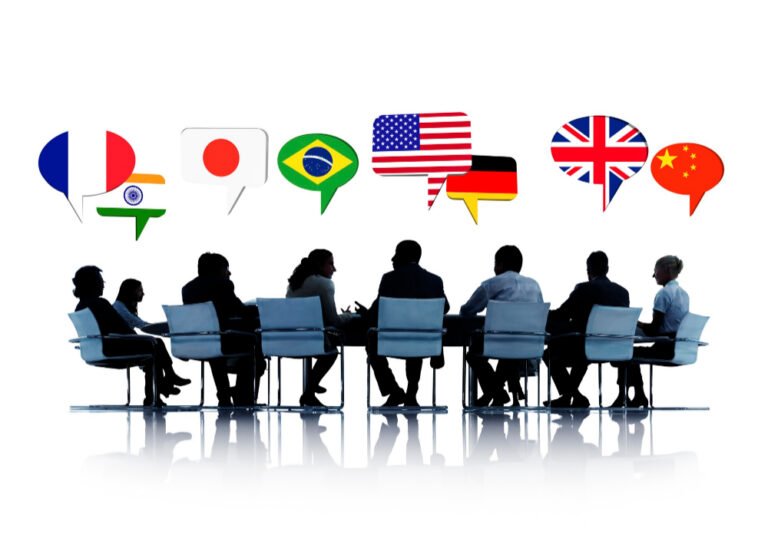Https://todoandroid.live/google-dice-adios-a-huawei: What Is This Buzz About
The phrase about, https://todoandroid.live/google-dice-adios-a-huawei has been gaining traction in the tech world. It revolves around Google’s strategic shift in its relationship with Huawei, marking a significant development in the global tech industry. This article breaks down the topic, providing a complete overview of what’s happening, why it matters, and how it affects the broader technology landscape.
What Does “Google Dice Adiós a Huawei” Mean?
The phrase translates to “Google says goodbye to Huawei,” symbolizing a definitive end to collaboration between these two tech giants. The implications of about, https://todoandroid.live/google-dice-adios-a-huawei go beyond just a business decision—it reflects global geopolitical influence, trade restrictions, and technological independence.
The core issue stems from ongoing tensions and regulatory changes, particularly those between the United States and China. Huawei, once a dominant smartphone manufacturer globally, has been restricted from accessing Google’s Android ecosystem. This includes Google Mobile Services (GMS), Play Store access, and updates to key applications.
How This Decision Affects Huawei
For Huawei, the consequences of this split are substantial. The company’s inability to integrate essential Google services means that their devices face major limitations in global markets, especially in regions where Android-based apps, Google Maps, YouTube, and other core services are standard.
Also, explore ProcurementNation.com Shipping: Everything You Need to Know
Huawei has since shifted its focus to its proprietary HarmonyOS, attempting to build a self-sufficient software ecosystem. While successful in some local markets, the absence of Google support significantly reduces competitiveness in regions like Europe and North America.
Impact on the Global Smartphone Market
The rift discussed in about, https://todoandroid.live/google-dice-adios-a-huawei has had a noticeable impact on the smartphone industry. Once a top-three smartphone maker globally, Huawei has seen a decline in international market share due to these software restrictions.
This shift has opened doors for other manufacturers such as Xiaomi, Samsung, and OnePlus to capture former Huawei users. It also underscores the dependence of global smartphone brands on access to Google’s services and the Android ecosystem to remain competitive.
Google’s Strategic Reasoning
From Google’s perspective, the move is primarily a compliance issue. Due to restrictions from the U.S. Department of Commerce, Google was compelled to suspend business with Huawei. The company’s focus remains on aligning with regulatory policies and protecting its technological infrastructure.
However, some analysts argue that Google’s decision also reflects a broader desire to maintain software integrity, protect user data, and support cybersecurity initiatives in light of increasing concerns about data sharing and device security from external manufacturers.
The Bigger Picture: Technology and Politics
When analyzing about, https://todoandroid.live/google-dice-adios-a-huawei, it’s clear that the issue is deeply rooted in international policy, cybersecurity concerns, and global trade relations. This event isn’t just a business fallout—it is emblematic of the growing divide between Eastern and Western technology ecosystems.
Countries are now pushing for more technological sovereignty, prompting companies to develop homegrown alternatives to global tech platforms. Huawei’s development of HarmonyOS and its own app store reflects this strategic pivot toward independence.
Frequently Asked Questions (FAQs)
1. Why did Google stop working with Huawei?
Google halted its collaboration with Huawei due to U.S. government restrictions related to national security concerns and compliance with federal laws.
2. What does this mean for Huawei phone users?
Newer Huawei phones lack access to Google Play Store, Gmail, and other Google services, although older devices launched before the ban may still have access.
3. Is Huawei still making smartphones?
Yes, Huawei continues to manufacture smartphones, primarily focusing on the Chinese market and promoting devices powered by its own HarmonyOS.
4. Can users install Google apps manually on Huawei phones?
While some users attempt workarounds to install Google services, these methods are not officially supported and may lead to security risks.
5. What alternatives is Huawei offering?
Huawei is investing heavily in its AppGallery, Petal Search, and HarmonyOS to offer an experience that rivals Android and iOS, especially within China.
Conclusion
The topic of about, https://todoandroid.live/google-dice-adios-a-huawei highlights a major turning point in the global tech narrative. What began as a regulatory decision has grown into a symbol of the shifting balance of power in technology. Google’s farewell to Huawei not only affects both companies but also consumers, app developers, and international markets.
As technology continues to evolve in a politically sensitive climate, the long-term effects of this split remain to be fully seen. What’s clear, however, is that the world is watching closely, and the separation between Google and Huawei could define how tech companies navigate international policies and market strategies in the years to come.






